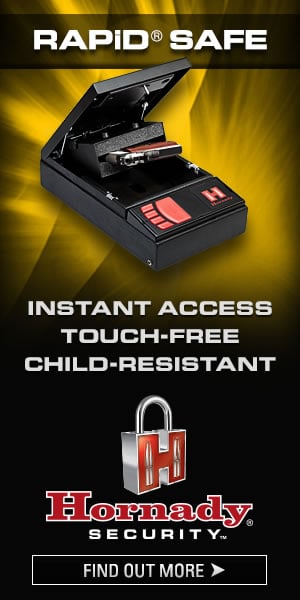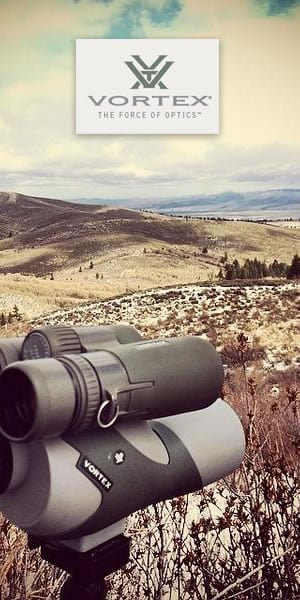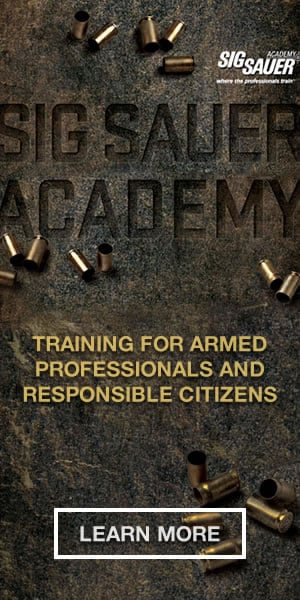In 2008, Ruger introduced one of the tiniest locked breech .380 semi-automatic deep concealment pistols on the market-the excellent LCP (Lightweight Compact Pistol), which is still being produced today.
I was fortunate enough to test one of the LCP's which also featured an optional trigger guard mounted Crimson Trace Lasergrip. Today Veridian and Lasermax triggerguard lasers are featured on the Ruger website for the LCP rather than the Crimson Trace brand.
Weighing in at a miniscule 9.6 ounces without attached laser, the glass-filled nylon framed LCP features a six round magazine, a long and easily managed double action trigger pull, a 2.75 inch barrel, a width of only .82 inches, an overall length of only 5.16 inches and a height of 3.6 inches. The size makes the LCP concealable in nearly any practical location, and the weight makes it comfortable for all day nearly unnoticed carry. Its .380 chambering makes it a worthy of consideration for self-defense.
I really liked the LCP. Its accuracy for defense was more than adequate at a distance of 21 feet-particularly when enhanced by the Crimson Trace Lasergrip. But there were a couple of issues that could be bothersome. One of which was the miniscule fixed sights.
When the LCP was introduced, law enforcement officers flocked to it in droves as a backup or off-duty carry piece. Unfortunately many agencies require handgun qualification at a 50 foot or sometimes 25 yard distance for off-duty guns. Without a lot of practice, many officers found it difficult to pass their agencies qualification course, and a lot of those eagerly purchased LCP's were traded in for something larger.
The LCP II was introduced to address these few perceived "deficiencies". The LCP II starts with some dimensional differences compared to the LCP that make it slightly larger. Weight is up one ounce to 10.6 ounces, barrel length remains at 2.75 inches, overall length is up 1/100 of an inch to 5.17 inches, slide width is reduced to .75 inches, and overall height is up .11 inches to 3.71. This give the LCP II a noticeable difference in feel over the LCP, and the increased height-via a taller slide-makes grasping the slide and charging the chamber an easier task.
The trigger is no longer a long double action style. It has been changed to single action-fired from a concealed hammer with a Glock style integral trigger safety lever. The safety lever is automatically disengaged as the trigger is accessed by the finger. If you are used to a Glock trigger pull, you will probably appreciate the LCP II's new trigger. Pull weight is in the 5-6 lb. range.
The LCP II's glass filled nylon frame does away with the now "passe" standard style checkering of the LCP's frame-which again I was OK with-changing it to a stippled "skateboard tape" style grip frame surface treatment that covers the grips sides, front and rear straps, and even the six round magazine's plastic grip extension. This stippling does in fact provide a bit better control that the LCP's checkering.
The LCP II also has a last shot hold open feature that the LCP is lacking. While the LCP's slide can be locked back for safety or inspection, it does not automatically lock back when the last shot is fired.
Perhaps the biggest improvement found in the LCP II is its sights. While they are still an integral part of the slide as are the sights on the LCP, they are more prominent with grooves cut on both front and rear to eliminate glare. The improved sights certainly increase hit probability as distances increase beyond 10 feet or so.
The LCP II turned out to be a totally reliable performer out of the box. I took it to the range with two .380 loads that I had on hand-SIG Sauer's 90 grain V-Crown JHP rated at 980 FPS and 192 FPE at the muzzle, and Doubletap's 95 grain Controlled Expansion JHP load rated at 975 FPS and 201 FPE at the muzzle. Doubletap states on their package that the velocity measurement was obtained from a 2.5 inch barrel, which is why their stated velocity was right on the money (actual velocity was faster than stated) when that load was fired from the LCP II.
I started the test by firing groups of six shots from 21 feet from a two hand standing position. Groups from both loads ran in the 4.5 to 5.5 range, which is more than adequate for a micro pistol designed for close range encounters.
The velocity test was interesting. The Doubletap load is very hot. Average velocity was 1060 FPS, nearly 100 FPS faster than the stated speed. This yielded a solid 237 FPE. It also yielded significantly more recoil than the Sig V-Crown .380, which had not been factory tested in that short of a barrel. Average velocity for the V-Crown load was 840 FPS, which produced a much lower 140 FPE. But that's not necessarily a bad thing.
If you are an experienced shooter and can handle the muzzle snap from the Doubletap load-and want to carry one of the hottest .380 loads around-then Doubletap is an excellent ammo choice. BUT, if you are a bit recoil shy, or a brand new shooter, then the .380 V-Crown would be a better choice. It is much easier to control than the Doubletap load, but still provides adequate close range power. Reliability of both loads was flawless.
The LCP II ships with one magazine. I think most purchasers would be willing to pay the extra money up front to have a second (or third) magazine included. Ruger does however include a nice soft pocket holster with the LCP II, which is an excellent way to carry it. MSRP is $349, but Vance Outdoors currently has them on sale for $269.99, which is a great value for a handgun of this quality.
If you are looking for a concealed carry handgun you can easily hide with nearly any concealment method, look no further than the LCP II-or for that matter the original LCP if you want something even smaller.


